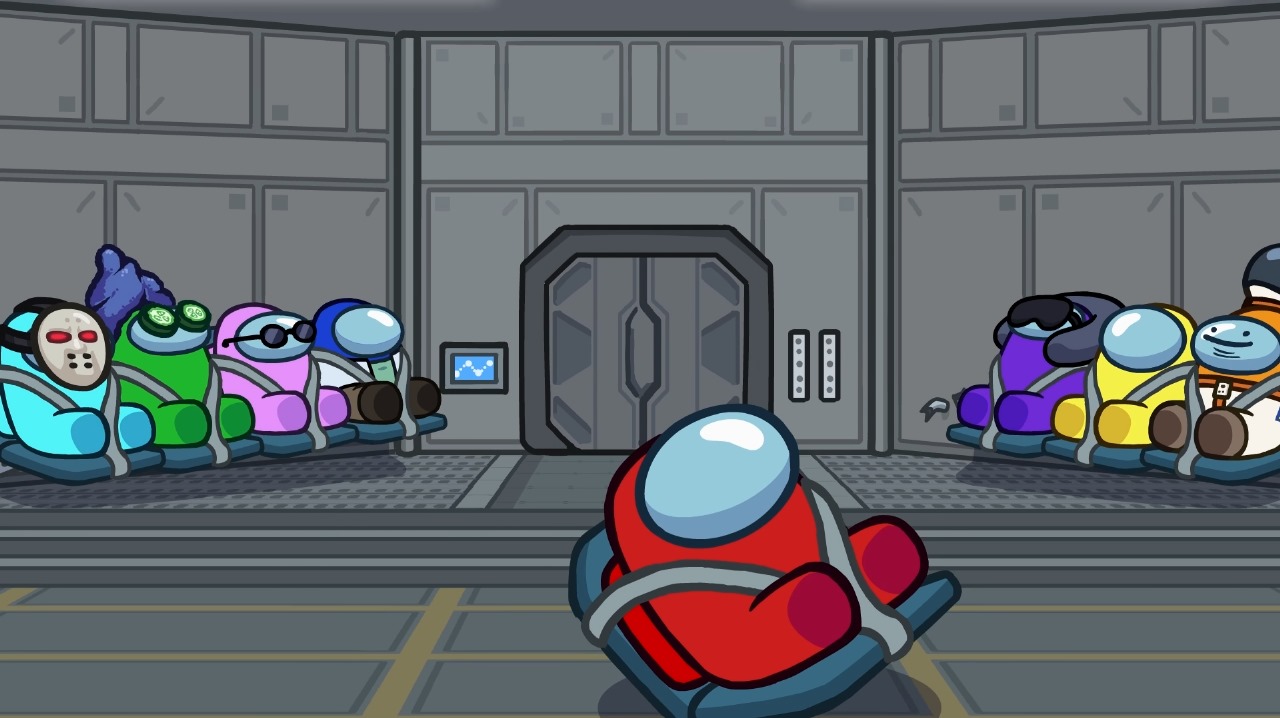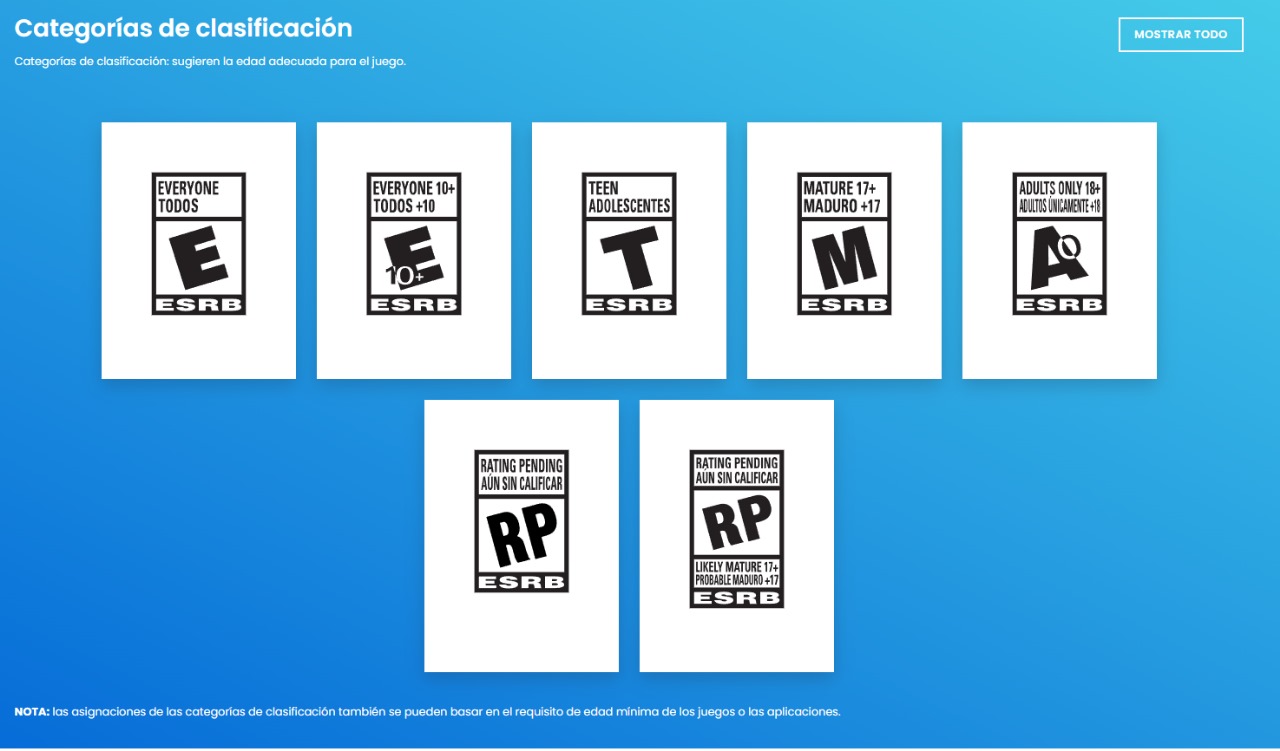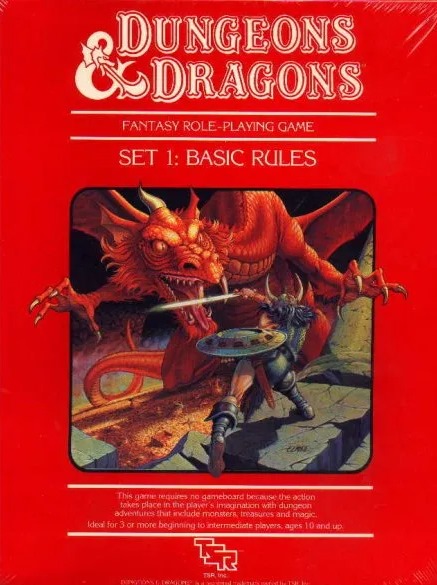listen to this note
A concerned parent from Redwood City asked me the other day if Among Us is an appropriate game for young children, particularly whether or not it is violent.
Among us is a deduction game inspired by the work of John Carpenter “The Thing.” As in the movie, one of the players is secretly chosen to be a monster indistinguishable from the others. The monster or “imposter” wins the game if he manages to kill all the players, the humans in the game win if they vote to expel all the impostors or if they complete certain tasks before the impostors win.

Of course, the idea of a game inspired by the movie “The Thing” does not give the impression that it is suitable for children, which is why parents should be guided by the Entertainment Software Rating Board (ESRB) rating, an American system for rating video game content, which despite the criticisms I have about the organization, is very useful in helping parents and guardians.
Among Us is rated E+10 on the organization's scale, meaning it is suitable for audiences ages ten and up, may contain fantasy or cartoon violence, mild language, or mildly suggestive themes.

I would also like to remind the public that there is no magical relationship between violence and video game use, as it has been proven time and again that there is no causal relationship between the two. However, this does not mean that all games are for everyone, and parents and guardians should be aware that there are games with adult themes.
Just like music, film, or art in general, video games are a vehicle for ideas and entertainment, their content and purpose are determined by the creator.
This feeling is not new either, we find it at different times. Before video games, there were violent comics, stories considered inappropriate for children and young people. Television was also blamed, and the intrusion of Japanese creators who came with the wave of imported animation and which was branded as dangerous, violent and even satanic by people in the United States.
The music of young people has always been uncomfortable, too, violent, transgressive and, in some cases, as in the Columbine tragedy in 1999, senselessly linked to tragedies that are much more complex than saying that it was caused because “these young people liked Marilyn Manson.” But we can even go back further, like the Satanic panic of Dungeons and Dragons in the eighties.

What I mean by this, as a sociologist and as a video game consumer, is that it is easier to blame things that seem distant and unknown to us, before understanding the complexity of our lives or, worse still, accepting our role and responsibility within them.
You may be interested in: Why is Roblox so popular with children?

